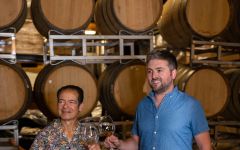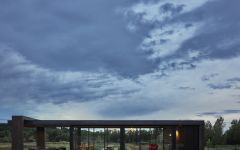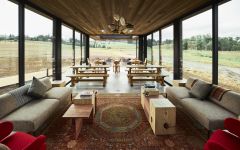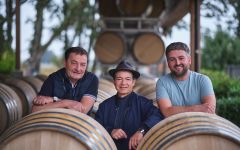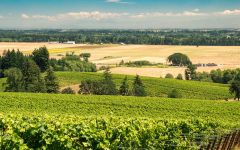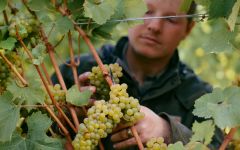Lingua Franca Bunker Hill Chardonnay 2022
-
Robert
Parker
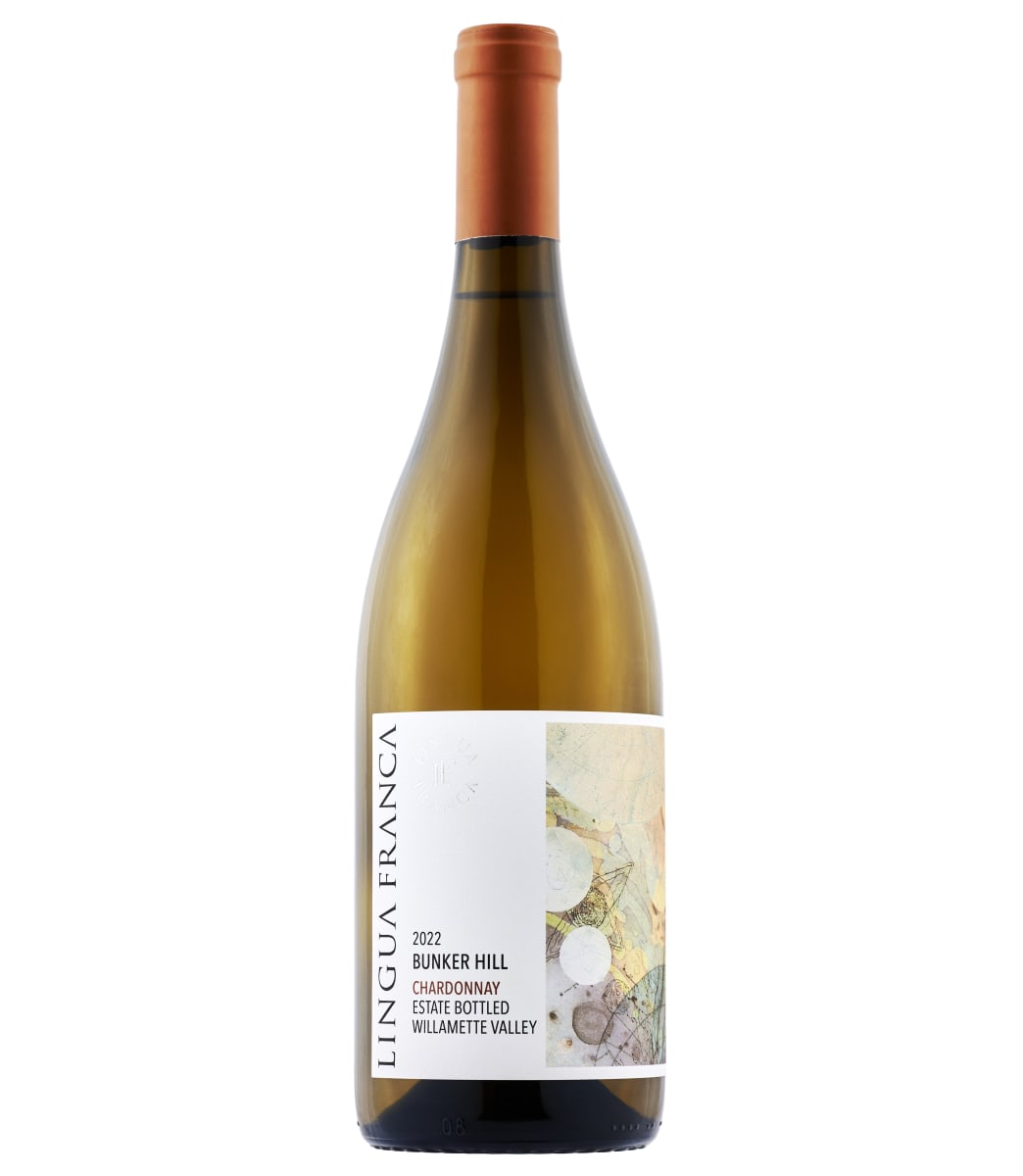


Product Details
Your Rating
Somm Note
Winemaker Notes
Pale yellow-green color with a predominantly mineral aroma of flint, river stone, green apples, and green olives, later fresh herbs, lemon zest and yellow flowers emerge. On the palate it is precise and taught, with wet stone and saline notes, crisp green apples and thyme. The finish is persistent and firm, with a mouthwatering mineral quality. This is a vintage with finely chiseled features at Bunker Hill. Our Bunker Hill Estate Vineyard in the South Salem Hills and is the oldest source of fruit for any of our wines, having been planted in 1995 to CH76. It is among the earliest of the Dijon-clone plantings in Oregon, situated on the remnant of a pioneer farm.
Professional Ratings
-
Robert Parker's Wine Advocate
The 2022 Chardonnay Bunker Hill’s core of stone fruit is accented by touches of honey, lemon curd and citrus blossoms on the nose. The light-bodied palate is silky and refreshing with concentrated, softly honeyed flavors and a long, energetic finish.
Other Vintages
2021-
Jeb
Dunnuck -
Robert
Parker -
Wine
Spectator -
Wine
Enthusiast -
James
Suckling
-
Robert
Parker -
Wine
Spectator -
Wine &
Spirits -
Wine
Enthusiast
-
Wine
Spectator -
Wine
Enthusiast
-
Wine
Spectator

One of the most popular and versatile white wine grapes, Chardonnay offers a wide range of flavors and styles depending on where it is grown and how it is made. While it tends to flourish in most environments, Chardonnay from its Burgundian homeland produces some of the most remarkable and longest lived examples. California produces both oaky, buttery styles and leaner, European-inspired wines. Somm Secret—The Burgundian subregion of Chablis, while typically using older oak barrels, produces a bright style similar to the unoaked style. Anyone who doesn't like oaky Chardonnay would likely enjoy Chablis.

One of Pinot Noir's most successful New World outposts, the Willamette Valley is the largest and most important AVA in Oregon. With a continental climate moderated by the influence of the Pacific Ocean, it is perfect for cool-climate viticulture and the production of elegant wines.
Mountain ranges bordering three sides of the valley, particularly the Chehalem Mountains, provide the option for higher-elevation vineyard sites.
The valley's three prominent soil types (volcanic, sedimentary and silty, loess) make it unique and create significant differences in wine styles among its vineyards and sub-AVAs. The iron-rich, basalt-based, Jory volcanic soils found commonly in the Dundee Hills are rich in clay and hold water well; the chalky, sedimentary soils of Ribbon Ridge, Yamhill-Carlton and McMinnville encourage complex root systems as vines struggle to search for water and minerals. In the most southern stretch of the Willamette, the Eola-Amity Hills sub-AVA soils are mixed, shallow and well-drained. The Hills' close proximity to the Van Duzer Corridor (which became its own appellation as of 2019) also creates grapes with great concentration and firm acidity, leading to wines that perfectly express both power and grace.
Though Pinot noir enjoys the limelight here, Pinot Gris, Pinot Blanc and Chardonnay also thrive in the Willamette. Increasing curiosity has risen recently in the potential of others like Grüner Veltliner, Chenin Blanc and Gamay.

